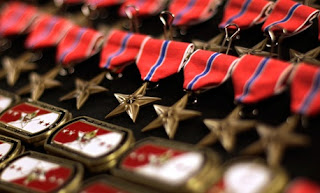 |
| Image source: Pinterest.com |
The Rugby Football Union (RFU) has advocated rugby as an athletic activity for children. Over the past years, however, there has been a call to ban the contact version of the sport. With the concerns presented by parents and medical professionals, the RFU banned contact rugby until age 18 to fully introduce all other important aspects of the sport to younger players.
In many schools, children have the option to play flag rugby or non-contact tough rugby. As children progress in the sport, tackling and contact are introduced but not encouraged during games. With these rules governing the sport, parents shouldn’t worry about their child getting into rugby.
 |
| Image source: News.com.au |
Just like other team sports, rugby promotes teamwork. It also develops a child’s confidence and leadership skills. As an intense sport, the different aspects of the game improve the body’s endurance and the mind’s logic. Many teachers have reported that students who have taken up the sport showed better performance in class. The game has also taught its young players to become respectful and giving.
Rugby parents are encouraged to show their support for their young athletes by being involved as a coach or a referee. Parents’ immersion in the sport with their children is a good way to ensure their safety and development.
Brendan Triplett is a rugby enthusiast. He is a fan of PRO Rugby and a regular viewer of the Collegiate Rugby Championship. Find out more about Brendan and his interests on Twitter.













